Vintage Tribal Kilim Runner 3' x 12' 3" (36" x 147")
Type:
Kilim RugsCollection:
Tribal Runners, ClearanceID:
K0077154Size:
Material:
The designs feature a rich array of symbols representing tribal culture and Anatolian motifs, often in the form of medallions, diamonds, and other geometric shapes.
The designs feature a rich array of symbols representing tribal culture and Anatolian motifs, often in the form of medallions, diamonds, and other geometric shapes. These kilim runners are ideal for hallways and narrow spaces, offering a touch of ethnic charm and artisanal quality to any interior.
Herki kilims not only serve as functional floor coverings but also as artistic expressions of tribal identity, making each rug a unique cultural artifact.
Design Elements
- Pattern: The kilim runner features an array of geometric shapes, predominantly diamonds and elongated triangles, arranged in a symmetrical format. This organized pattern reflects a sense of harmony and balance, typical of tribal designs.
- Texture: The flat-weave technique used in creating this runner provides a unique texture that accentuates the intricate design. The absence of pile gives it a lightweight feel, making it easy to place in various environments.
- Borders: The edges of the runner are embellished with contrasting colors, framing the central motifs effectively and enhancing the overall visual appeal. The boarders often signify a boundary, symbolizing a protective element surrounding the main design.
- Repetition: The recurring motifs and shapes create a rhythmic flow throughout the piece, symbolizing continuity and tradition. This repetition is common in tribal art, representing a connection to heritage.
Colors
- Dominant Colors: Rich earthy tones dominate the runner, including deep reds, burnt oranges and browns. These colors often signify warm, inviting spaces, echoing the natural landscapes of the regions where kilims originated.
- Contrast: The use of cream and light-colored threads creates a striking contrast against the darker background, enhancing visibility and drawing attention to the intricate motifs.
- Color Symbolism:
- Red: Symbolizes love, passion, and strength.
- Orange: Represents warmth and creativity.
- Brown: Embodies stability and connection to the earth.
- Cream: Often associated with purity and peace.
Main Motifs and Symbolism
- Diamonds: The diamond shapes often represent wealth and prosperity. They are believed to protect against negative energies and attract positive influences.
- Triangles: Triangular motifs are symbolic of the earth, mountains, and fertility. They embody strength and resilience.
- Chevron Patterns: These patterns are commonly thought to signify the movement and flow of life, representing both progress and protection.
- Symmetric Layout: The symmetry in the design conveys balance and unity, reflecting the harmony within the family unit and community.
Summary
The vintage tribal kilim runner showcases intricate geometric patterns, including diamonds and triangles, all woven in rich earthy colors. Its design elements such as texture, borders, and repetition contribute to both visual and symbolic significance, grounding it in cultural heritage. The colors not only enhance the aesthetic appeal but also carry deep meanings tied to emotions and natural elements. The motifs present a narrative of protection, prosperity, and unity, making this piece not just a decorative item, but a bearer of storytelling and tradition.
- Ships in 1-4 business days
- Only one in stock, handmade, unique
- Free shipping via FedEx Express. Easy returns
- Contact us or add a note to your order if you want us to delay your shipping.
- Request more info if you want this rug shorter or narrower
Colors may appear slightly different across various monitors due to screen settings device differences, and external lighting conditions. If color accuracy is important for your space, we recommend viewing the rug on multiple devices or contacting us for a detailed color description. We can provide detailed photos and references using Sherwin-Williams, Benjamin Moore, Pantone, or even Crayola crayons.
You can also visualize most of our products in your own room with AR (augmented reality) on an iPhone or iPad.
Return Policy
Need a rug pad? We recommend RugPadUSA
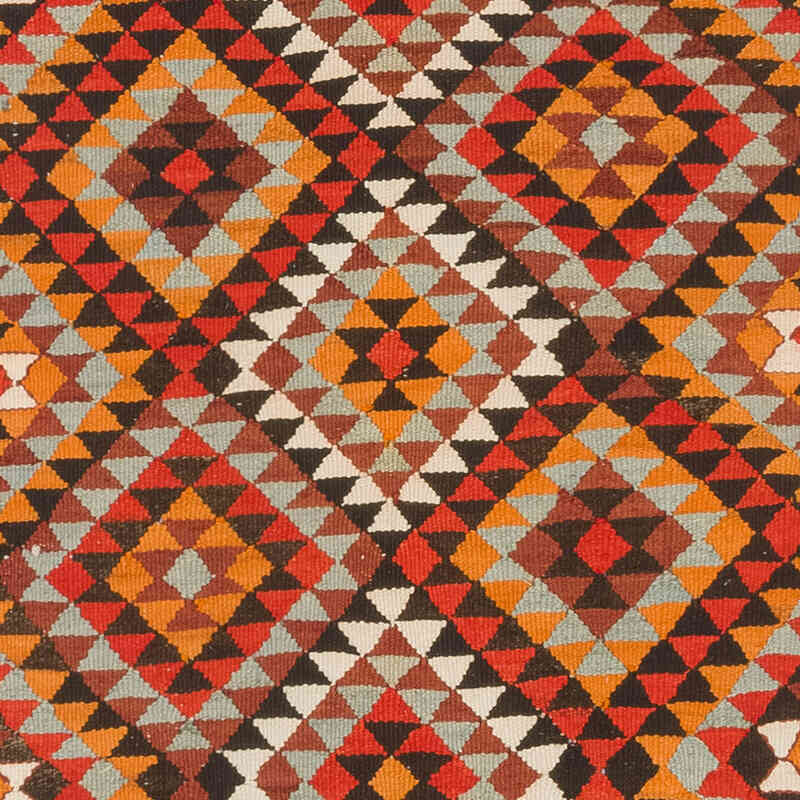
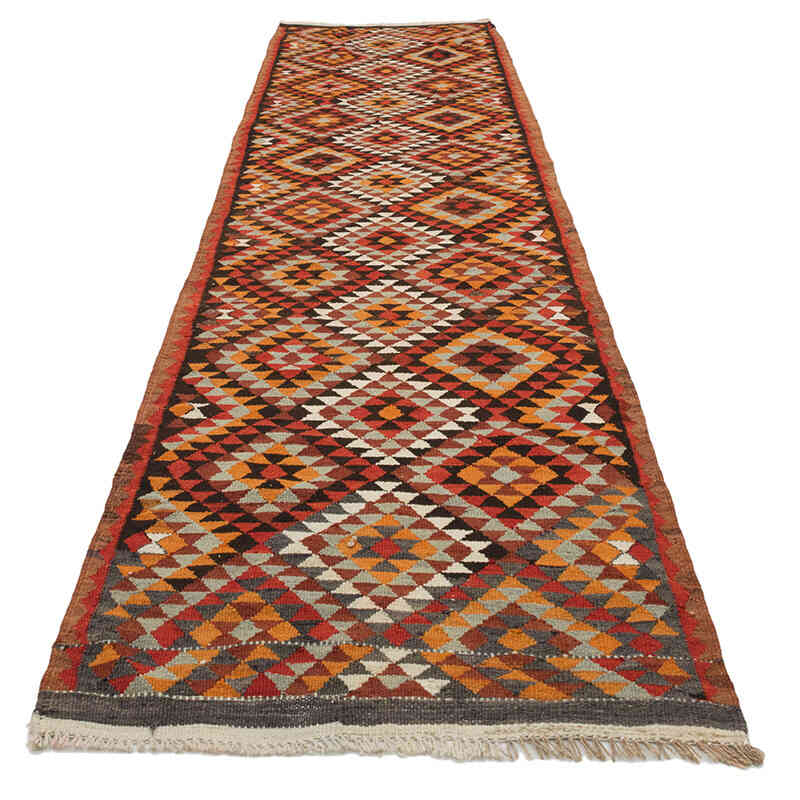
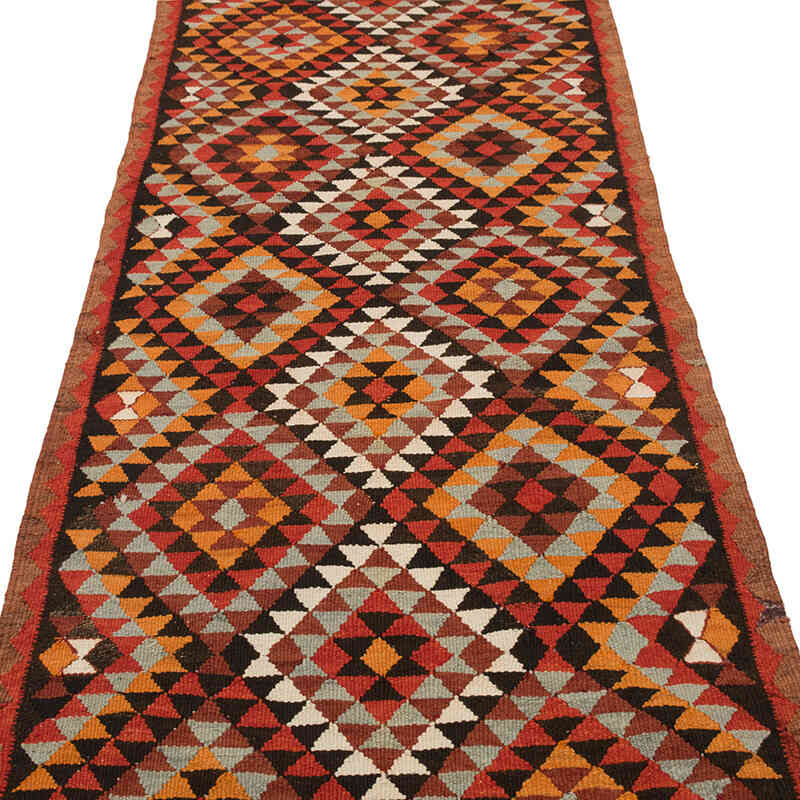
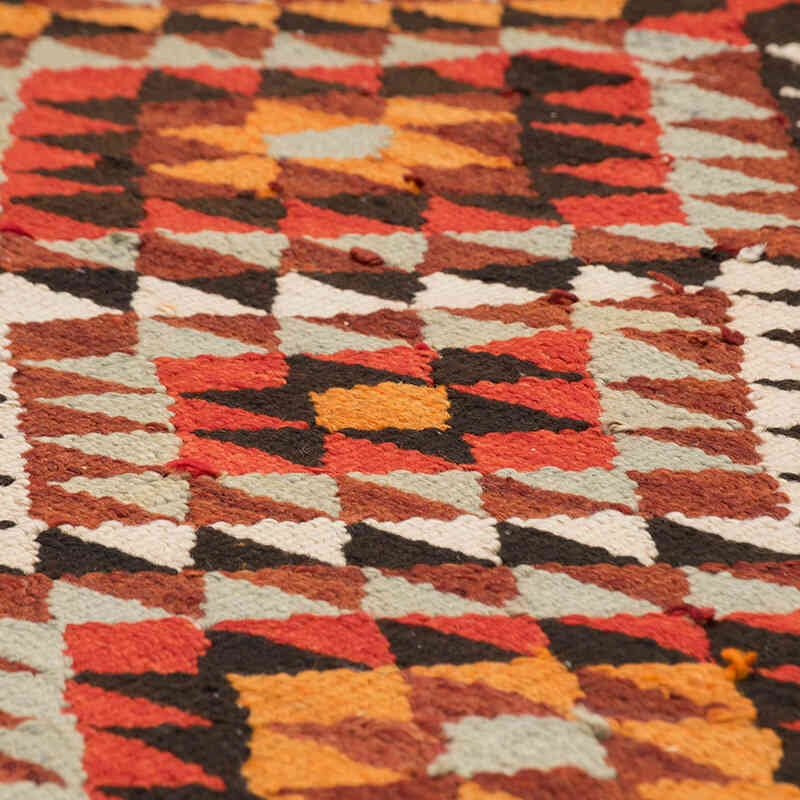
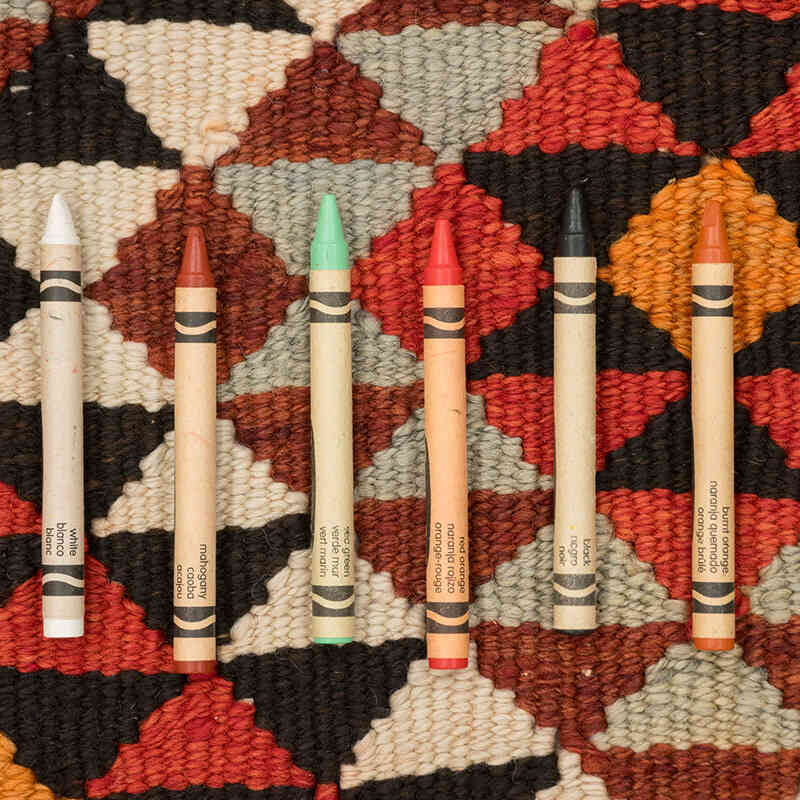
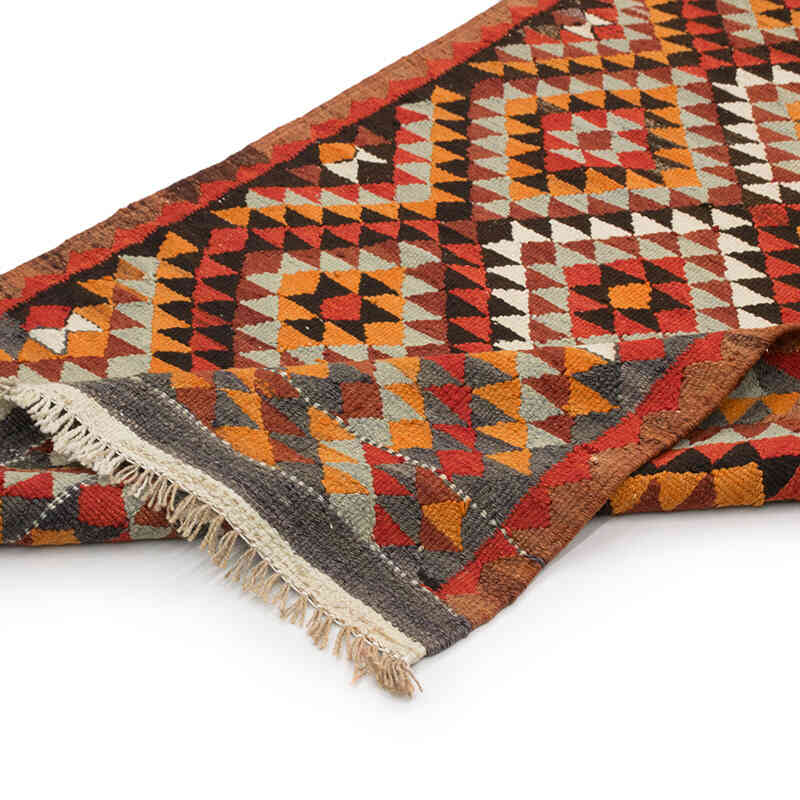
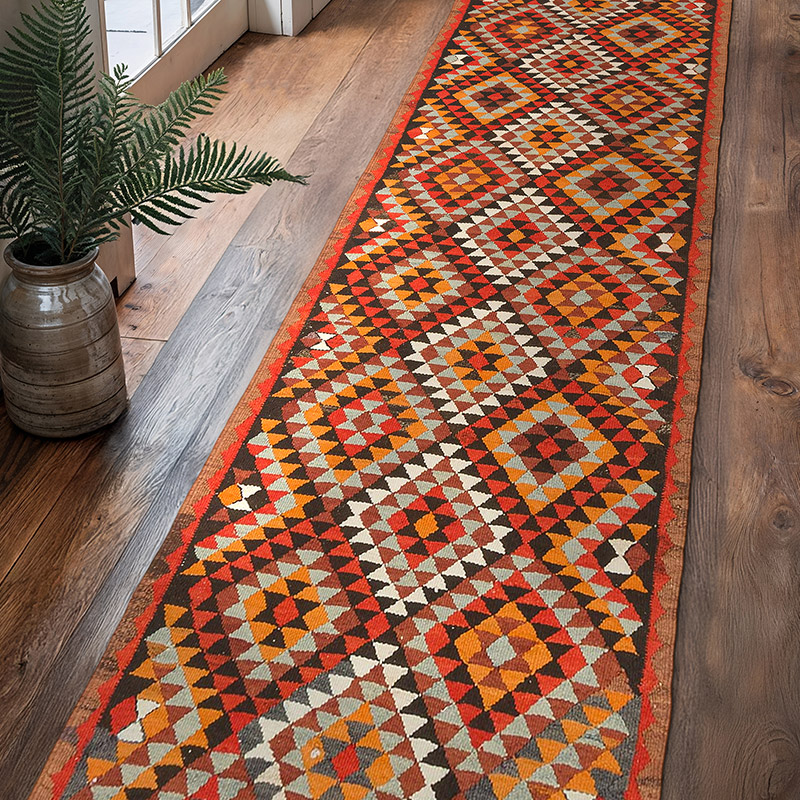
















Excellent Rugs and Company!